Microplastics. Those sneaky little plastic bits are everywhere aren't they? Your water bottle, your fish taco, even the air you breathe. Even more concerning is a groundbreaking study in Science Advances (January 2025) reveals these microscopic invaders might be staging a coup in your brain! Buckle up as we dive into this wild, freaky, and fascinating plastic plot twist, explained for newbies with a dash of humor—no PhD required.
What Are Microplastics, Anyway?
Microplastics (MPs) are plastic particles tinier than a grain of rice—5 millimeters or less. They come from the breakdown of larger plastics (like that water bottle you "recycled" in 2010) or slip into our lives via cosmetics, teabags, or medical supplies. These tiny terrors are everywhere: oceans, rivers, air, and—yep—your bloodstream. Mainstream media’s been buzzing about MPs in your sushi or water bottles, and we’ve covered their sneaky hideouts (like teabags!) in our blog, “The Plastic Health Predicament: A Beginner’s Guide”. But this study takes it to a whole new level: your brain’s blood vessels.
The Study: A Mouse-Brained Adventure
Scientists in China, led by Haipeng Huang and Jiaqi Hou, turned into microplastic detectives using some seriously cool tech. They deployed miniature two-photon microscopes—think super-powered cameras that zoom into a living brain—to track fluorescently tagged MPs in mice. Why mice? They’re like tiny human stand-ins, and let’s be real, no one’s volunteering to have their brain scanned for plastic (yet).
Get this: when the team fed or injected mice with 5-micrometer plastic particles (about the width of a human hair), they caught MPs zipping through brain blood vessels like lightning bolts, dubbed the “microplastic flash” (MP-Flash)!
The Plot Thickens: Plastic-Eating Cells
Now, things get messy. The MPs didn’t just float around like plastic confetti. Immune cells, mainly neutrophils and macrophages (the body’s cleanup crew), gobbled them up. These garbage cleaning cells ballooned in size and started causing chaos.
About 18% of these swollen cells got lodged in the mice’s tiny brain blood vessels, creating mini traffic jams that lasted hours. Some were still stuck after 2.5 hours of filming—talk about a long layover! Picture a vacuum cleaner stuck in a tight corner, except it’s a plastic filled immune cell jamming up a brain capillary. These blockages acted like blood clots, slowing blood flow to the brain. And guess what? Less blood flow equals one unhappy brain.
The Fallout: Mice Behaving Badly
The mice weren’t thrilled about their plastic passengers. Tests like the Y-maze (a mousey memory game) and rotarod (imagine a hamster wheel meets American Ninja Warrior) showed they were more anxious, less curious, and clumsier than their plastic-free pals. It’s like the MPs threw a wrench in their brain’s wiring. These plastics didn’t even need to invade brain tissue to wreak havoc; they just choked the brain’s blood supply.
So Why Should You Care?
You might be thinking, “Okay, I’m not a mouse, and I don’t chug plastic smoothies.” Fair point, but humans are already swimming with microplastics in their blood—about 12 micrograms per milliliter, according to some studies. From IV drips to fish sticks, these tiny invaders are sneaking into our systems. This study suggests that if microplastics in blood clog our brain’s blood vessels like they did in mice, we could face risks of anxiety, depression, or even strokes down the road. Yikes!
The Big Picture: A Call to Action
This isn’t just a mouse tale—it’s a wake-up call. Microplastics are like uninvited party guests who overstay their welcome and trash your furniture. The study screams for more research and better ways to keep MPs out of our bodies (hello, water filters and plastic-free packaging!). So, next time you reach for a plastic bottle, consider a reusable metal or glass one instead. Your brain might thank you.
Want to Learn More?
Curious about microplastic health risks? Check out our Plastics Homepage for all our posts on the topic, or dive into our popular blog, “Ducky Danger: Are Plastics Clogging Your Arteries?”, which uncovers common plastic hideouts and their potential links to heart disease.



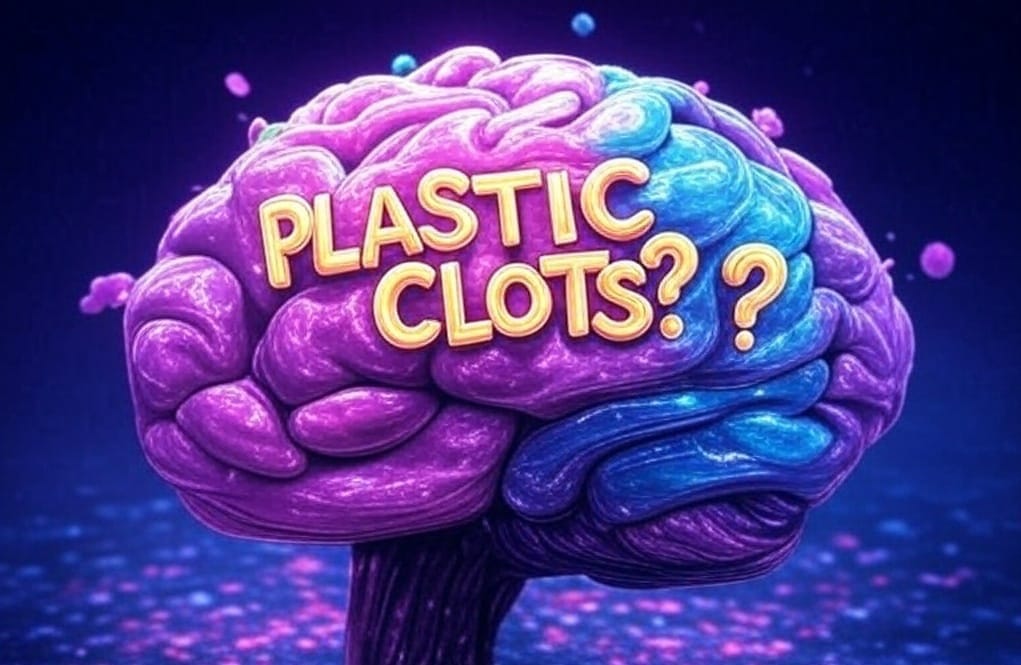


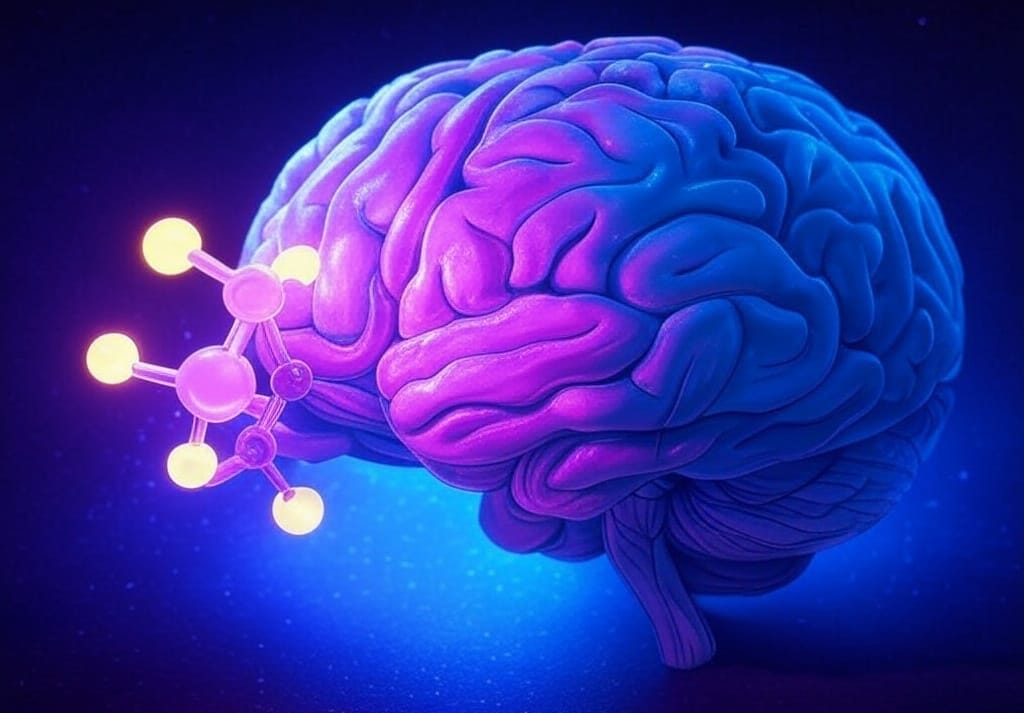
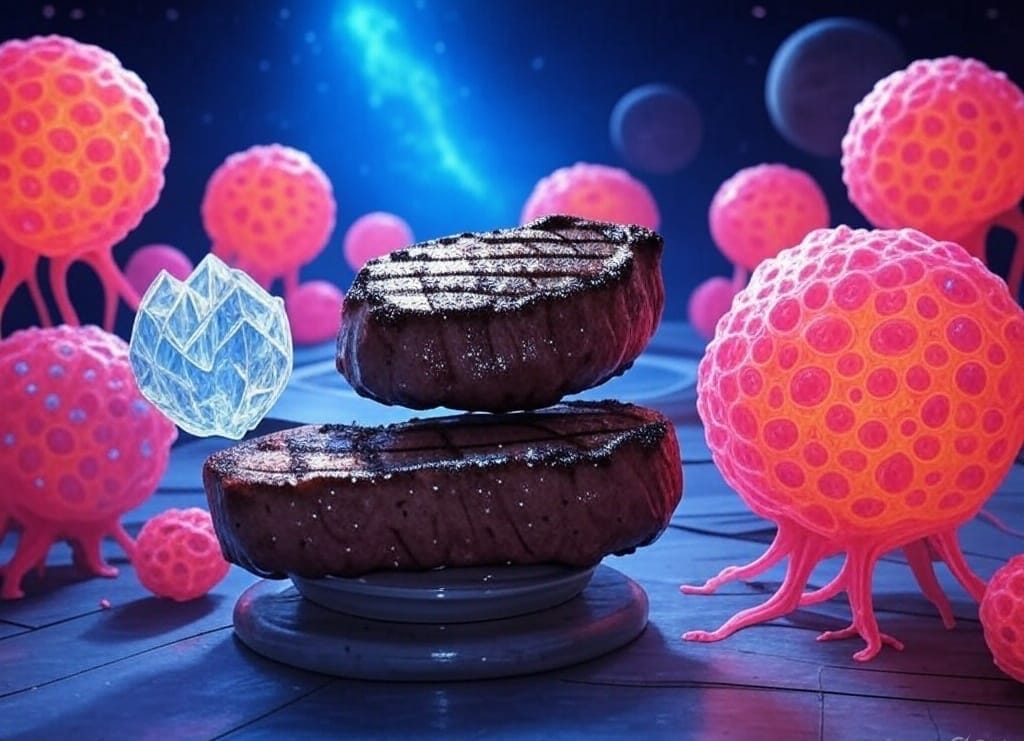



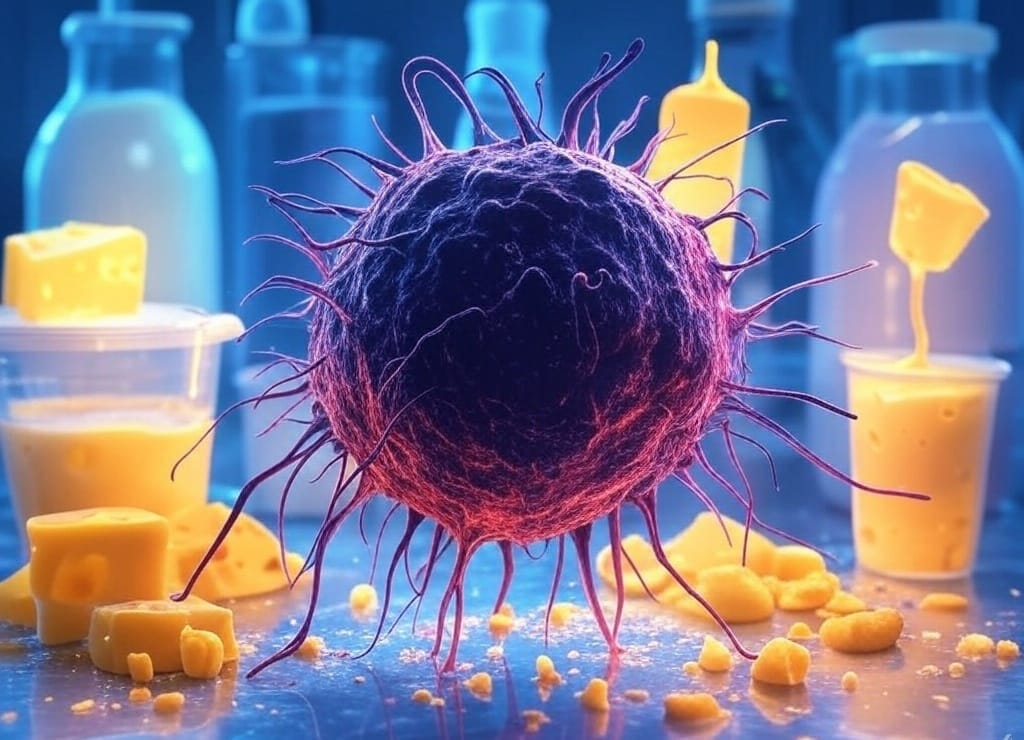
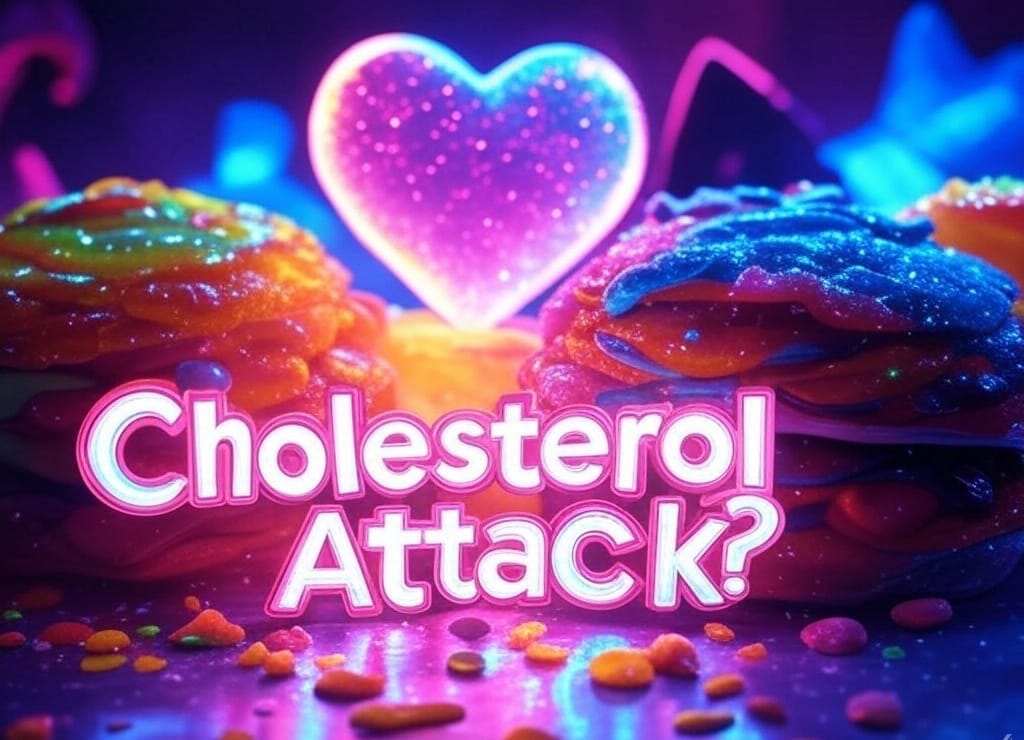

Discussion